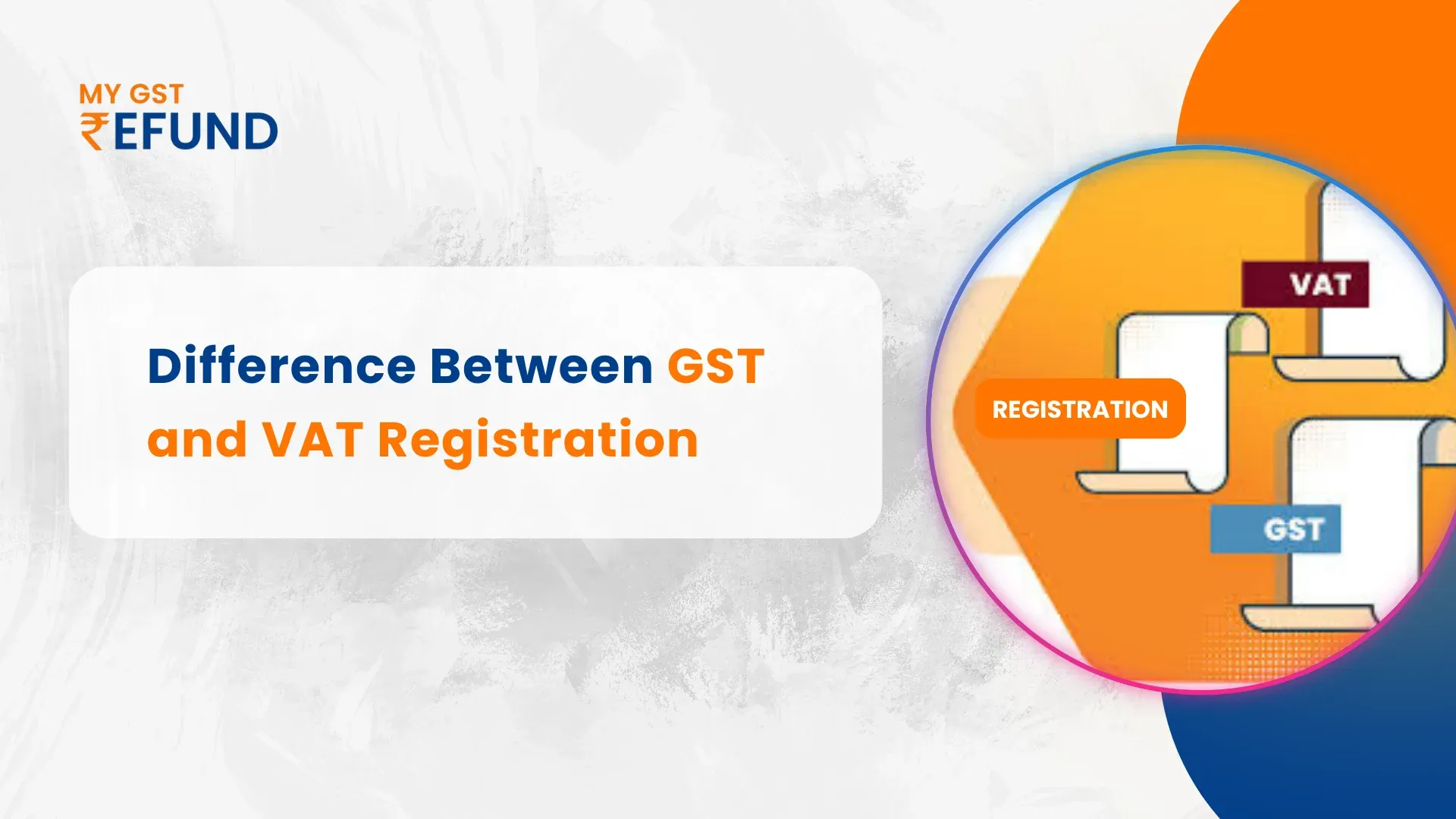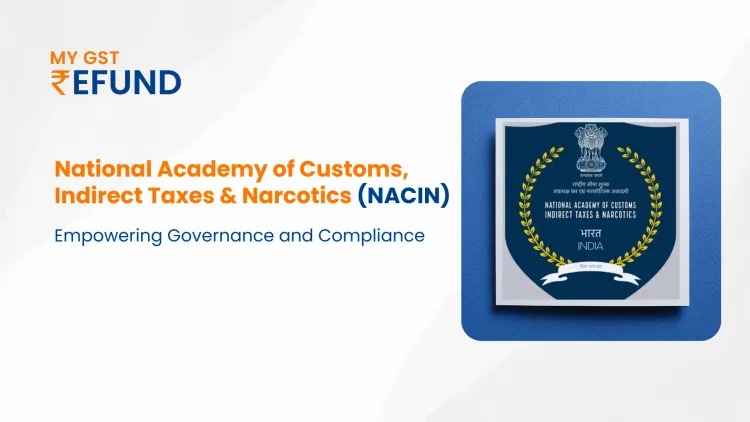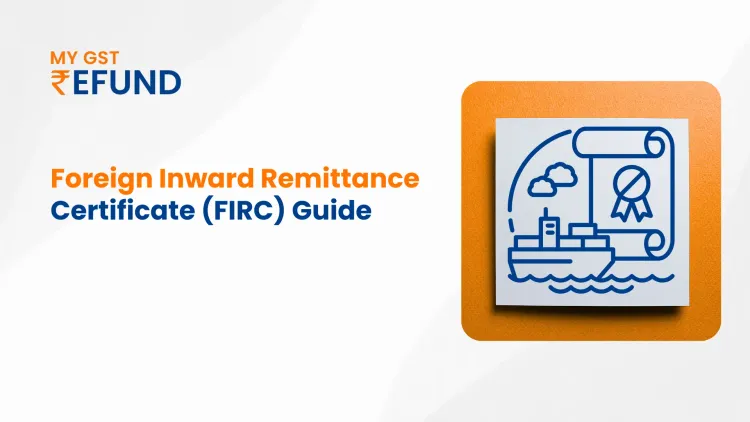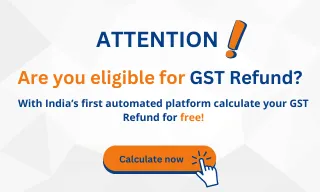Difference Between GST and VAT Registration
The system of taxation in India has significantly evolved during the past twenty years. The system moved away from state control to national control. The transformation of tax systems in India brought forward two main elements, which are the Value-Added Tax (VAT) and Goods and Services Tax (GST). The implementation of VAT in 2005 modernised the practices regarding indirect taxation. The Indian tax system united various levies through the Goods and Services Tax, which began operations on July 1, 2017.
Businesses need a clear understanding of the VAT and GST registration procedures since they affect business operations. This change impacts compliance standards and operational expenses because of its effects on system costs. This blog contains an overview of the major distinctions between GST and VAT registration procedures in India. The explanation of both systems assists entrepreneurs along with traders, and taxpayers.
What is VAT?
On April 1st, 2005, India adopted Value-Added Tax (VAT) as a replacement for the previous sales tax system. State officials applied VAT as an indirect sales tax that measured the value increase on products throughout the manufacturing process. The main goal of VAT was to prevent tax-on-tax taxation, which happened when taxes accrued on taxes. Businesses could recover their input tax credits from payments made for purchases because they needed to pay taxes only on the additional value created at each stage of production and distribution.
Various states managed VAT independently, which created separate tax rates that varied between them. Different states implemented separate VAT rates that spanned from zero to twenty percent and beyond. The tax rate for food grains equals zero percent VAT within a state, although electronic devices fall under a 12.5% to 15% tax bracket in different states. Every business required to register for VAT needed to reach turnover levels between ₹5 lakh and ₹10 lakh as their initial threshold.
What is GST?
On July 1, 2017, the Goods and Services Tax (GST) became effective as it substituted multiple indirect taxes, including VAT, excise duty, and service tax. GST received its Constitution One Hundred and First Amendment authority to establish "One Nation One Tax." GST possesses two distinct components through Central GST (CGST) co-existing with State GST (SGST) for domestic deals, yet integrating all transactions under Integrated GST (IGST) between different states.
GST encompasses taxation of all goods and services examined under this system. GST has established tax rates at 0% and 5%, 12% and 18%, and 28%, with an additional charge on luxury items, including tobacco and luxury cars. All companies need to register at the GST Network portal if their yearly revenue surpasses ₹20 lakh (₹10 lakh for Northeast states, but special category states). GST registration functions the same for all India and operates through the GST Network (GSTN) portal in a standardised manner.
Apply Now for Hassle-Free GST Registration with Us!
Key Differences Between GST and VAT Registration
The registration processes for VAT and GST differ significantly in scope, administration, and implications. Below is a detailed comparison:
Analysis: Businesses operating across states faced numerous compliance issues due to the diverse nature of VAT registration processes. A trade transaction between Maharashtra and Gujarat forced the trader to obtain Maharashtra VAT registration and pay CST with no tax credit benefits for CST payments. Under GST, inter-state transactions become a part of IGST, which makes registration processes and credit claims easier.
Advantages of GST Over VAT
Unified Market: The unified market has emerged through GST, which removed tax obstacles between states while creating one national market. The implementation of VAT produced obstacles to interstate business because different tax rules resulted in businesses choosing to buy from states with cheaper VAT taxation.
Simplified Compliance: Through the GSTN portal, businesses need to register only once to submit standardized returns while monitoring their compliance status online. The compliance process under VAT became highly cumbersome for operators serving multiple states because their operations required handling multiple state registrations, together with paper filing.
Elimination of Cascading Effect: The ITC mechanism under GST enables tax imposition solely based on value-added activities because it differs from VAT, which limits ITC to transactions within the same state. Under the VAT system, the manufacturer was unable to use the VAT paid to cover service tax on logistics, which led to increased costs.
Wider Tax Base: GST provides coverage for services that VAT previously did not enforce, so domestic IT businesses, along with consulting agencies and hospitality services, now pay taxes while the government collects additional revenue through reduced tax evasion.
Technology-Driven: GST operates through the GSTN for carrying out e-invoicing and e-way bill functions and real-time monitoring, which provides transparent operations. The manual operating procedures of VAT encountered issues with detection errors and corrupt practices.
Read More: Complete Guide to GST Registration: Eligibility, Fees, and Compliance
Conclusion
The transition from VAT to GST registration introduces radical changes to how India conducts its taxation methods. The state-centric method of VAT proved insufficient in a modern economy despite being considered progressive upon its initial implementation. The centralized registration system of GST provides businesses with simplified operations along with cost-effectiveness and adaptable business solutions. Indian entrepreneurs need to understand that GST adaptation serves both regulatory requirements and market advantage for their competitive business position. Businesses gain stronger business capabilities to handle Indian taxation requirements by grasping these distinctive features.
Frequently asked questions
What is the difference between VAT and GST?
VAT was a state-level tax on goods, with varying rates and rules, while GST is a national tax on both goods and services, unified under a single framework with standardized rates (0%-28%).
What is the turnover limit for VAT registration?
Before GST, VAT thresholds varied by state, typically ₹5 lakh to ₹10 lakh annually. Post-2017, VAT applies only to specific goods (e.g., petroleum, alcohol), with thresholds set by state laws.
Who is eligible for VAT?
Businesses dealing in goods like petroleum and alcohol (outside GST’s ambit) must register for VAT if their turnover exceeds state-specific limits. Manufacturers and traders were the primary registrants pre-GST.
Is VAT compulsory?
VAT is compulsory only for businesses dealing in goods not covered by GST, like liquor or petrol, exceeding the state’s turnover threshold.
How to calculate VAT?
VAT = (Sale Price × VAT Rate) - Input VAT Paid. For example, if a trader sells goods worth ₹10,000 at 5% VAT and pays ₹200 VAT on inputs, the net VAT payable is (₹10,000 × 5%) - ₹200 = ₹300.
Related Posts








